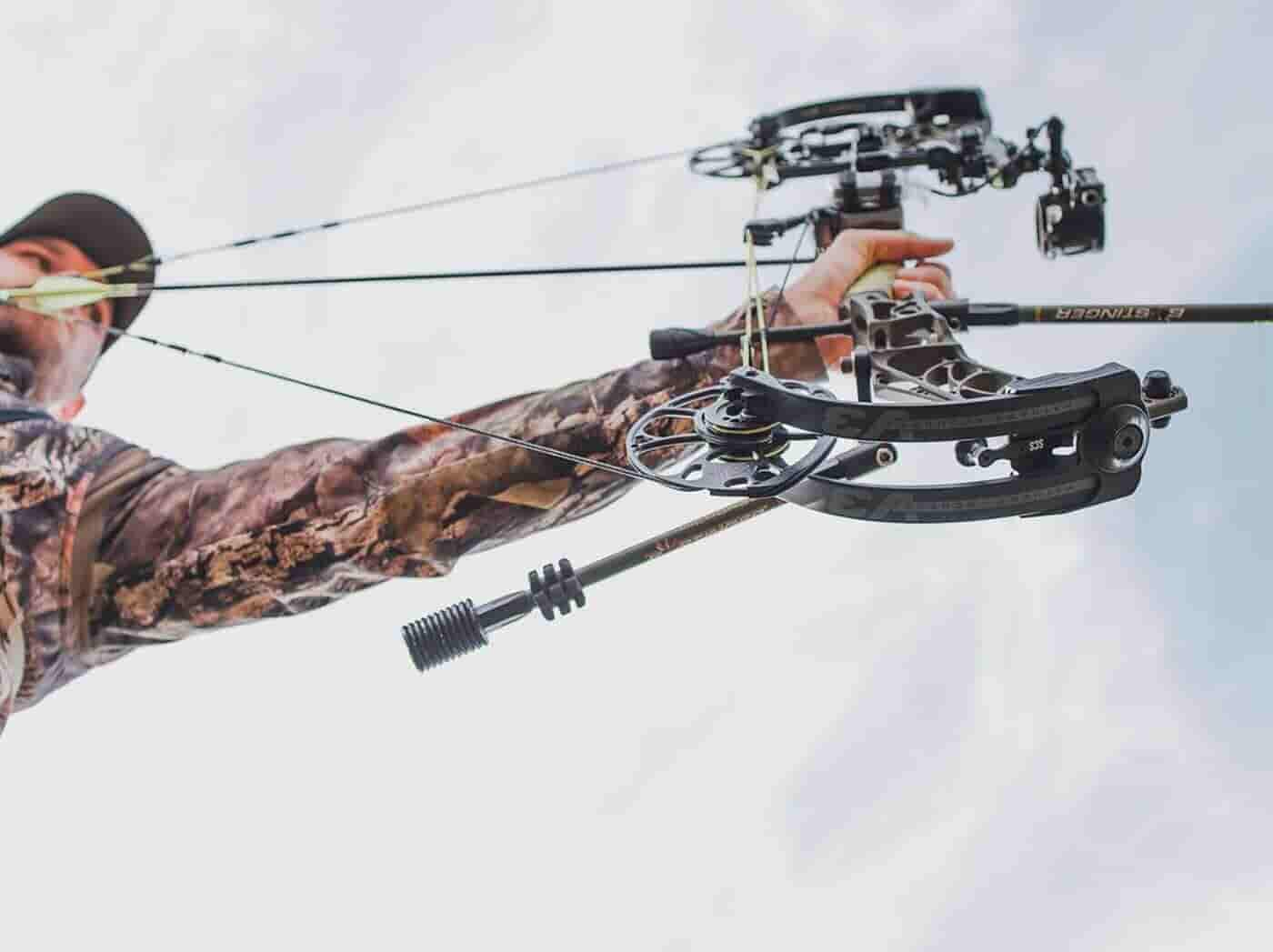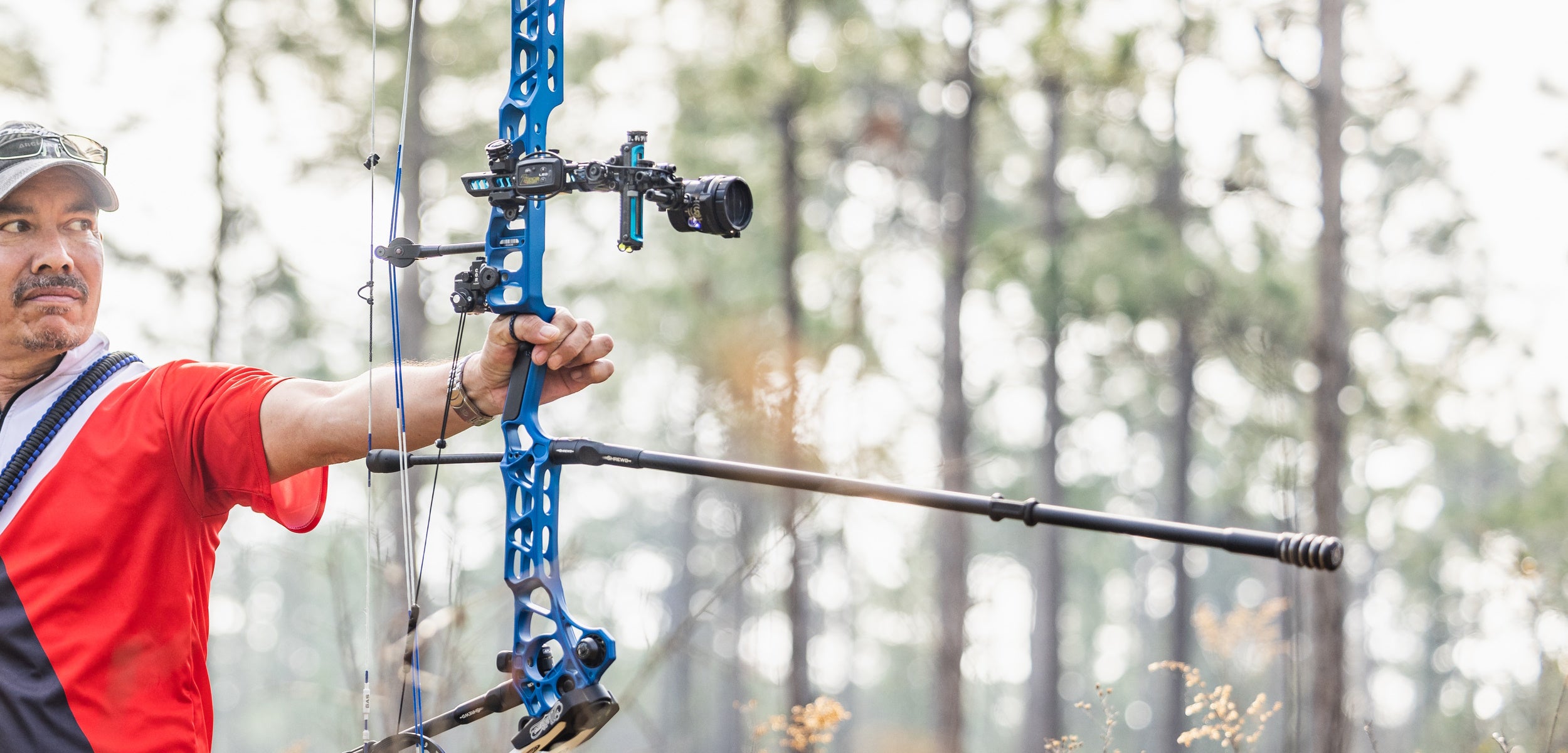Unlock Your Archery Prospective with the Right Compound Bow Stabilizer
Unlock Your Archery Prospective with the Right Compound Bow Stabilizer
Blog Article
Maximizing Your Archery Performance With the Right Compound Bow Stabilizer: an Extensive Review
One important yet often-overlooked part in boosting precision is the substance bow stabilizer. By recognizing the subtleties of choose and enhancing a substance bow stabilizer, archers can adjust their equipment to boost their shooting experience to brand-new degrees of efficiency and control.
Significance of Bow Stabilizers in Archery

In addition, bow stabilizers help in balancing the weight distribution of the bow, which can enhance the archer's security while shooting and aiming. By adding weight to the front of the bow, stabilizers can lower the quantity of torque experienced upon launch, resulting in a smoother and more regulated shot - compound bow stabilizer. This weight distribution likewise aids in holding the bow constant for a longer period, enabling the archer to aim extra properly
Sorts Of Compound Bow Stabilizers
When thinking about the numerous kinds of compound bow stabilizers available, it is crucial to comprehend their distinctive features and features to determine the most ideal alternative for making best use of archery efficiency. The most common types of substance bow stabilizers consist of sidebar stabilizers, front stabilizers, and back stabilizers. Back stabilizers, also called back stabilizers, are mounted to the back of the bow and aid in reversing the weight of other devices, resulting in boosted stability and consistent aiming.
Factors to Take Into Consideration When Picking
In assessing compound bow stabilizers, understanding the unique attributes and functions of each type is important for making an informed decision on one of the most ideal choice to boost archery performance. When selecting a stabilizer, one need to consider the weight of the stabilizer itself. While a heavier stabilizer can give more stability by minimizing the bow's activity, it may also trigger exhaustion during lengthy shooting sessions. Balance is another important variable to ponder. The stabilizer's size and layout significantly influence the bow's balance, influencing the shooter's ability to hold consistent aim. Additionally, the material of the stabilizer can affect like this its efficiency. Carbon fiber stabilizers are light-weight and take in resonances well, boosting precision. The number and adjustability of dampeners on the stabilizer can tweak its efficiency by lowering noise and shock upon launch. By carefully reviewing these variables, archers can select a compound bow stabilizer that aligns with their shooting style and optimizes their total performance on the archery range.
Installment and Change Tips
For optimum efficiency and precision in archery, mastering the setup and change of your bow stabilizer is essential. Appropriate installment starts with connecting the stabilizer to the bow's riser, guaranteeing it is securely protected.
When adjusting the stabilizer, start with small incremental adjustments rather than extreme changes. Pay interest to just how the bow reacts to adjustments in stabilizer settings and make adjustments appropriately. On a regular basis inspect the stabilizer's tightness and general condition to guarantee it proceeds to operate optimally.
Maintenance and Treatment Guidelines

It is likewise crucial to keep your bow with the stabilizer in a protected and risk-free area when not in usage. Adhering to these upkeep and treatment standards will certainly help you get the most out of your bow stabilizer and boost your general archery performance.
Conclusion
In final thought, picking the best substance bow stabilizer is vital for making best use of archery efficiency. Understanding the significance, kinds, aspects to take into consideration, installment and modification suggestions, as well as maintenance and care guidelines can greatly influence one's accuracy and uniformity in capturing. By choosing a stabilizer that fits individual requirements and choices, archers can boost their my latest blog post general performance and achieve better outcomes on the array or in competition.
Bow stabilizers play a critical role in boosting an archer's precision and uniformity by reducing resonances and maintaining the bow throughout the release navigate to this site of an arrow - compound bow stabilizer.Furthermore, bow stabilizers assist in balancing the weight distribution of the bow, which can improve the archer's stability while aiming and shooting. The most common types of compound bow stabilizers include sidebar stabilizers, front stabilizers, and back stabilizers. Back stabilizers, likewise called back stabilizers, are placed to the back of the bow and aid in reversing the weight of various other accessories, resulting in enhanced stability and consistent intending. When picking a stabilizer, one must take into consideration the weight of the stabilizer itself
Report this page